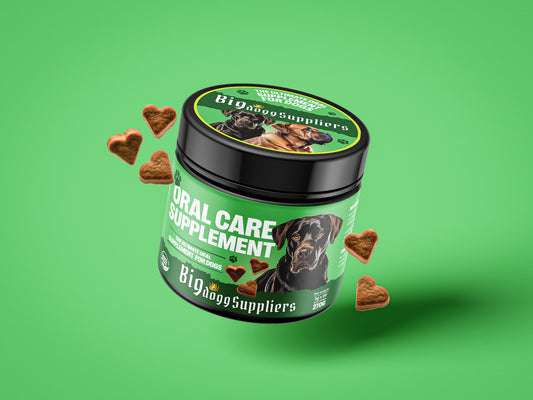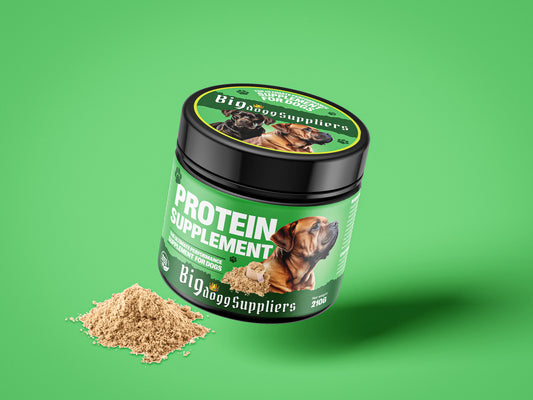The Benefits and Considerations of a Grain-Free Diet for Dogs
In recent years, grain-free diets have become increasingly popular among dog owners aiming to provide optimal nutrition for their pets. These diets exclude common grains such as wheat, corn, and rice, focusing instead on alternative carbohydrate sources like sweet potatoes, peas, and lentils. While some advocates tout various health benefits, it's essential to understand both the potential advantages and considerations before transitioning your dog to a grain-free diet.
Potential Benefits of Grain-Free Diets
-
Allergy Management
Some dogs may develop sensitivities or allergies to certain grains, leading to symptoms like skin irritations, gastrointestinal issues, and ear infections. Switching to a grain-free diet can alleviate these symptoms if grains are the underlying cause.
-
Improved Digestive Health
For dogs with grain intolerances, grain-free diets may enhance digestion, resulting in firmer stools and reduced flatulence. Alternative carbohydrate sources like sweet potatoes and lentils are often easier for sensitive dogs to digest.
-
Enhanced Energy Levels
High-quality grain-free diets often contain higher protein content, providing sustained energy levels, which can be particularly beneficial for active or working dogs.
Considerations and Potential Risks
-
Nutritional Imbalances
Not all grain-free diets are created equal. Some may lack essential nutrients or include excessive amounts of certain ingredients, leading to imbalances. It's crucial to choose a diet that meets the Association of American Feed Control Officials (AAFCO) standards for complete and balanced nutrition.
-
Potential Link to Heart Disease
The U.S. Food and Drug Administration (FDA) has investigated reports of canine dilated cardiomyopathy (DCM) potentially associated with certain grain-free diets, particularly those high in legumes or potatoes. While a definitive cause-and-effect relationship hasn't been established, it's a consideration for pet owners.
-
Cost Considerations
Grain-free diets can be more expensive than traditional dog foods due to the use of alternative ingredients. This increased cost may be a factor for some pet owners when deciding on a suitable diet.
Guidelines for Transitioning to a Grain-Free Diet
-
Consult with a Veterinarian
Before making any dietary changes, it's essential to discuss with your veterinarian to ensure a grain-free diet is appropriate for your dog's specific health needs.
-
Choose High-Quality Products
Select reputable brands that formulate their diets based on scientific research and adhere to AAFCO guidelines. Look for diets that list high-quality protein sources as the primary ingredients.
-
Monitor Your Dog's Health
After transitioning, closely observe your dog for any changes in energy levels, coat condition, digestion, or overall health. Regular veterinary check-ups are crucial to assess the diet's impact.
Conclusion
While grain-free diets may offer benefits for certain dogs, particularly those with specific grain sensitivities, they are not necessary for all canines. It's vital to weigh the potential advantages against the considerations and consult with a veterinary professional to determine the most appropriate diet for your dog. Remember, the best diet is one that meets your dog's individual nutritional needs and supports their overall health and well-being.




